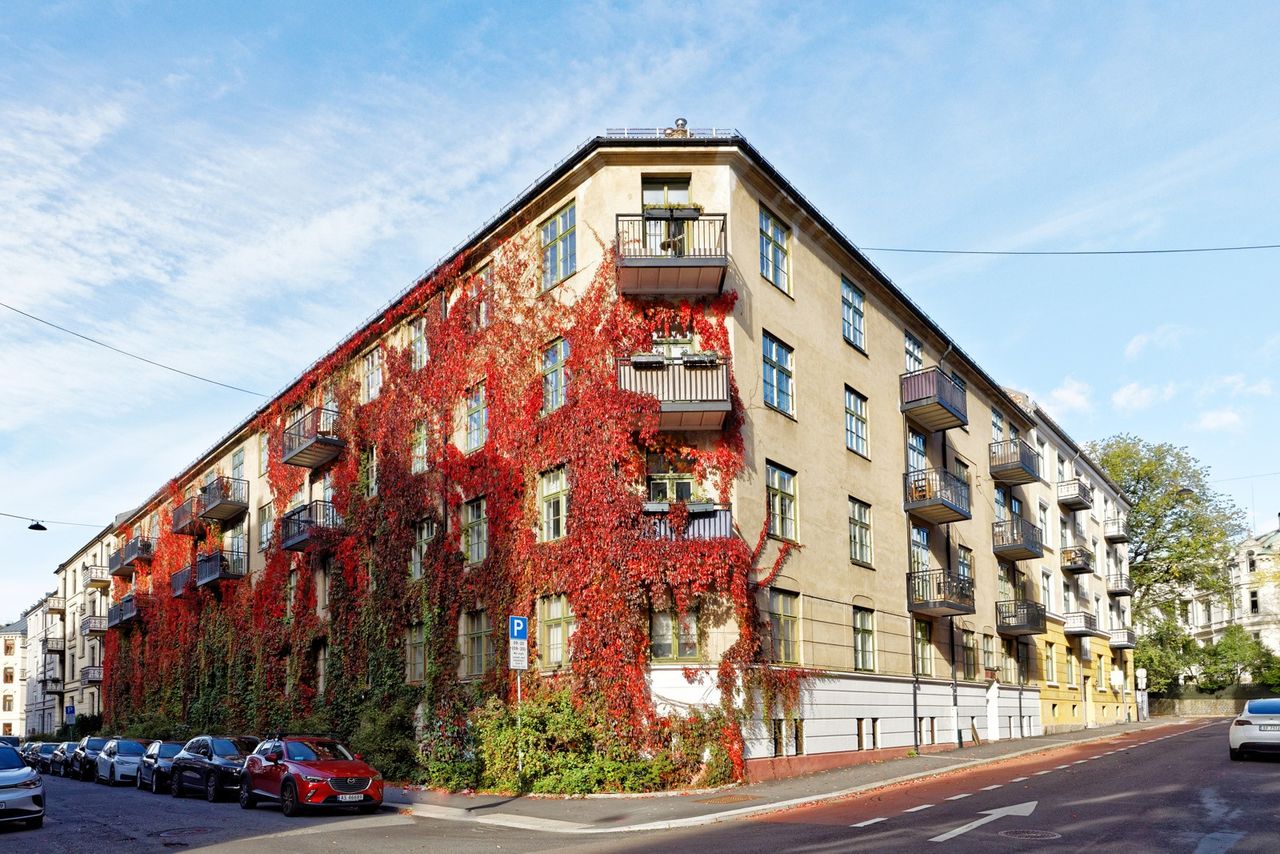producer12999
Member
Hello, I would like to move out and look for an apartment here in Germany that has a large rectangle room, as symmetrical as possible.
Is 5m x 5.50m also rectangular? This is just an example. What is the definition of rectangular for you in the studio area? (5x6 or 5x7?)
I am looking for an apartment with a room of at least 18-20 square metres. Unfortunately, all the apartments only have distorted wide-angle shots on which you can never tell whether the room is rectangular or square. That gets stressful, unfortunately floor plans are very rare on popular platforms here.
For example, I found two rooms, one with 5x4, one with 6x3,3. What would be better? -> But they have several doors on the side walls, so far not the best choice. I will have to move a lot of mobile absorbers back and forth when I need to go to the toilet or kitchen.
Thank you!
Is 5m x 5.50m also rectangular? This is just an example. What is the definition of rectangular for you in the studio area? (5x6 or 5x7?)
I am looking for an apartment with a room of at least 18-20 square metres. Unfortunately, all the apartments only have distorted wide-angle shots on which you can never tell whether the room is rectangular or square. That gets stressful, unfortunately floor plans are very rare on popular platforms here.
For example, I found two rooms, one with 5x4, one with 6x3,3. What would be better? -> But they have several doors on the side walls, so far not the best choice. I will have to move a lot of mobile absorbers back and forth when I need to go to the toilet or kitchen.
Thank you!
Last edited:

